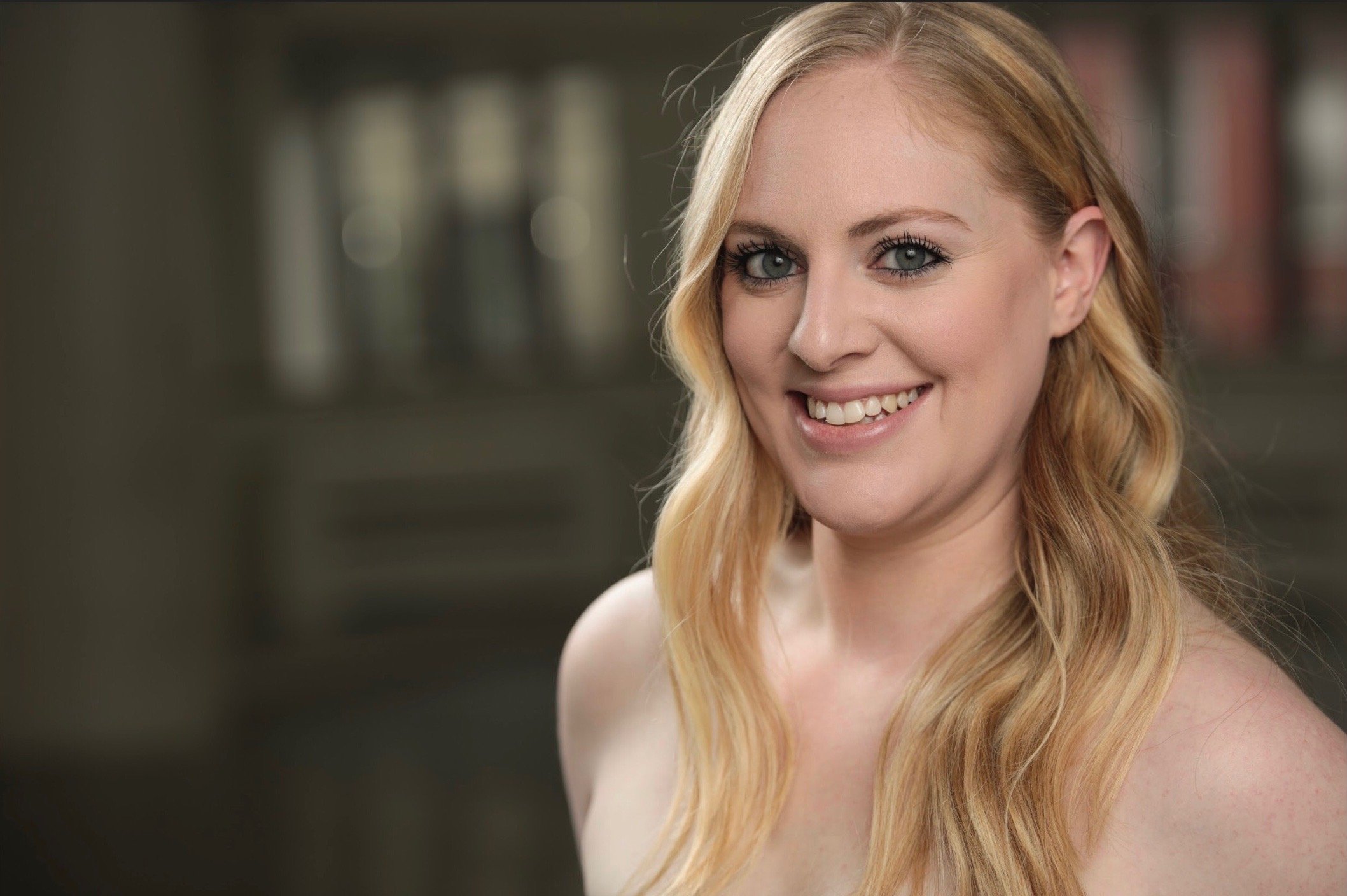
Biography
Ashley Elizabeth Daigle began her formal dance instruction in Manchester, Connecticut. Ashley chose to further her pre-professional studies at Goucher College where she received her BA in Dance and studied abroad at Taipei National University of the Arts in Taipei, Taiwan. She was fortunate enough to work with numerous guest artists such as: Nicolo Fonte, Susan Jaffe, Zippora Karz, Emery LeCrone, Nicholas Leichter, Nilas Martins, Gina Patterson, and Amy Seiwert. After graduation, she moved her dance roots to Chicago. During her time there, Ashley worked at the Lou Conte Dance Studio, taught at Hubbard Street Dance Chicago’s Youth Division and was a student with Hubbard Street Dance Chicago’s Scholarship Program. She was a featured Guest Artist with Ruth Page Civic Ballet.
In 2019, Ashley continued her dance studies in New York, receiving her MFA from New York University Tisch School of the Arts. After graduation, Ashley started teaching for Mile Square Theatre in Hoboken. Over the years, she has set choreography for Georgetown University, University of Massachusetts Amherst, Burklyn Ballet Theatre, and the Second Avenue Dance Company. She most recently served as a Visiting Professor in Dance at Wesleyan University.
Ashley joins Hoboken Dance Academy under Director Sarah Weber-Gallo, the summer of 2025. She’s currently a Master Teacher at Burklyn Ballet Theatre and a frequent Guest Teacher for MiXt Co. In addition, she continues to be Adjunct Faculty at New York University Tisch School of the Arts, Summer High School Program and a published author for Dance Magazine. She is a Co-Founder of Waypoint Dance, alongside Chaery Moon, a mentorship program intended for high school aged dancers as they navigate the transition from home studio training to the larger world of academia.
Ashley is a contemporary ballet choreographer whose current works focus on crafting a new landscape for the ballet world. Her activism engages questions of gender, representation, and power, while her ongoing research highlights important complexities about the future of the dance field.
Artist Statement
My ongoing choreographic research investigates the unexplored qualities that take shape in space as inherent qualities of ballet and contemporary dance braid through and around each other, weaving together a canvas of novel movement phrases. My choreography adheres to a classical arrangement in terms of form, but arise from a contemporary mindset--as an artist, it is the intricate details and the infinite possibilities that have been proffered to us by modernism and postmodernism that make the process of making dances rewarding for me. While I deeply value abstraction, I also strive to take often-overlooked humanistic actions and give them proper space in which they can be admired. This practice manifests itself through slips of choreographic quirkiness that reveal themselves in raw, unexpected moments.
Natural environments inspire me as an artist. I enjoy the challenge of bringing the outside world inside, so that my viewers in the theater feel as if they are transported to an alternate atmosphere that subsists externally. I challenge my dancers to use their five senses to help them explore, discover, and travel through these usual properties together. I find great pleasure in making articulate choreographic choices that take my audience on a passage from a traditional rooted space to a lively habitat. I do this through textures, colors, sound, human behavior, and social rules. It requires a great deal of imagination, conjuring, and hints at some magical transformation.
My activism engages questions of gender, representation, and power. Even though, gender equality is improving in other fields and workplaces, male dominance lingers in fields such as ballet. It is my responsibility as a female choreographer to step into a courageous new world of creation and offer alternative visions and perspectives. The work of promoting social justice is not easy, but it is imperative. This work requires a commitment to continuous learning, personal vulnerability and introspection, openness to others, and a dedication to thinking about our work can address inequities.
